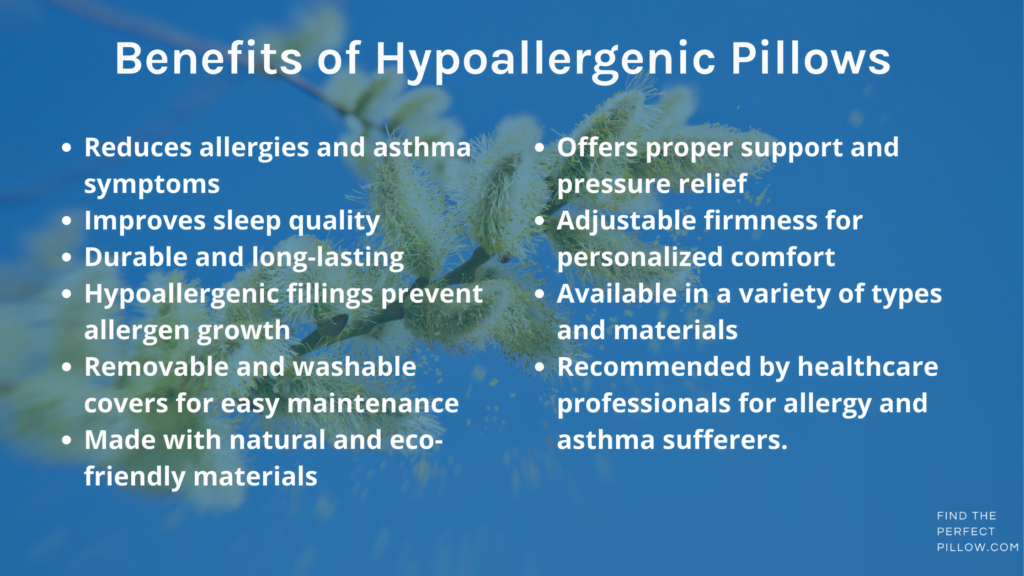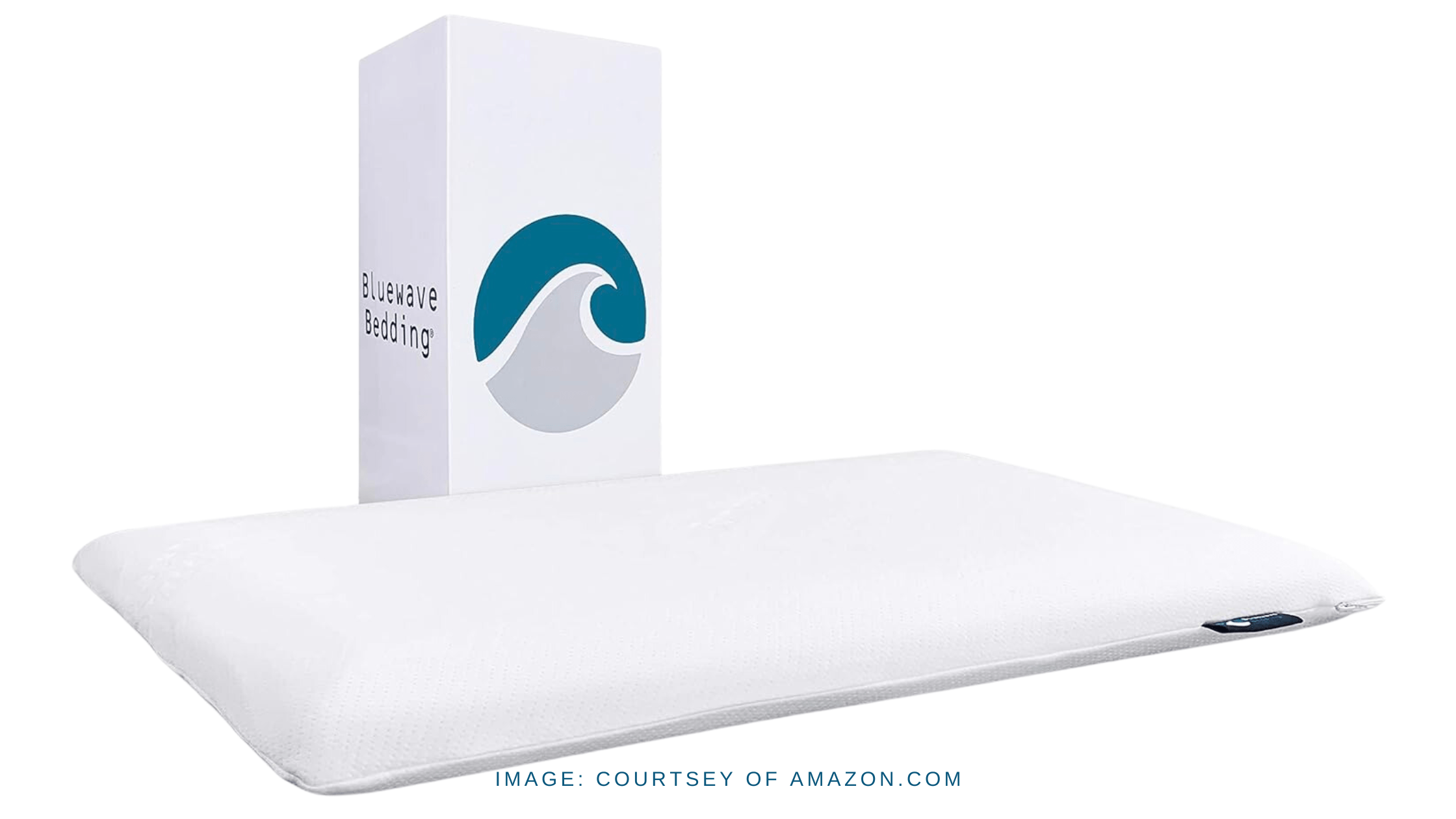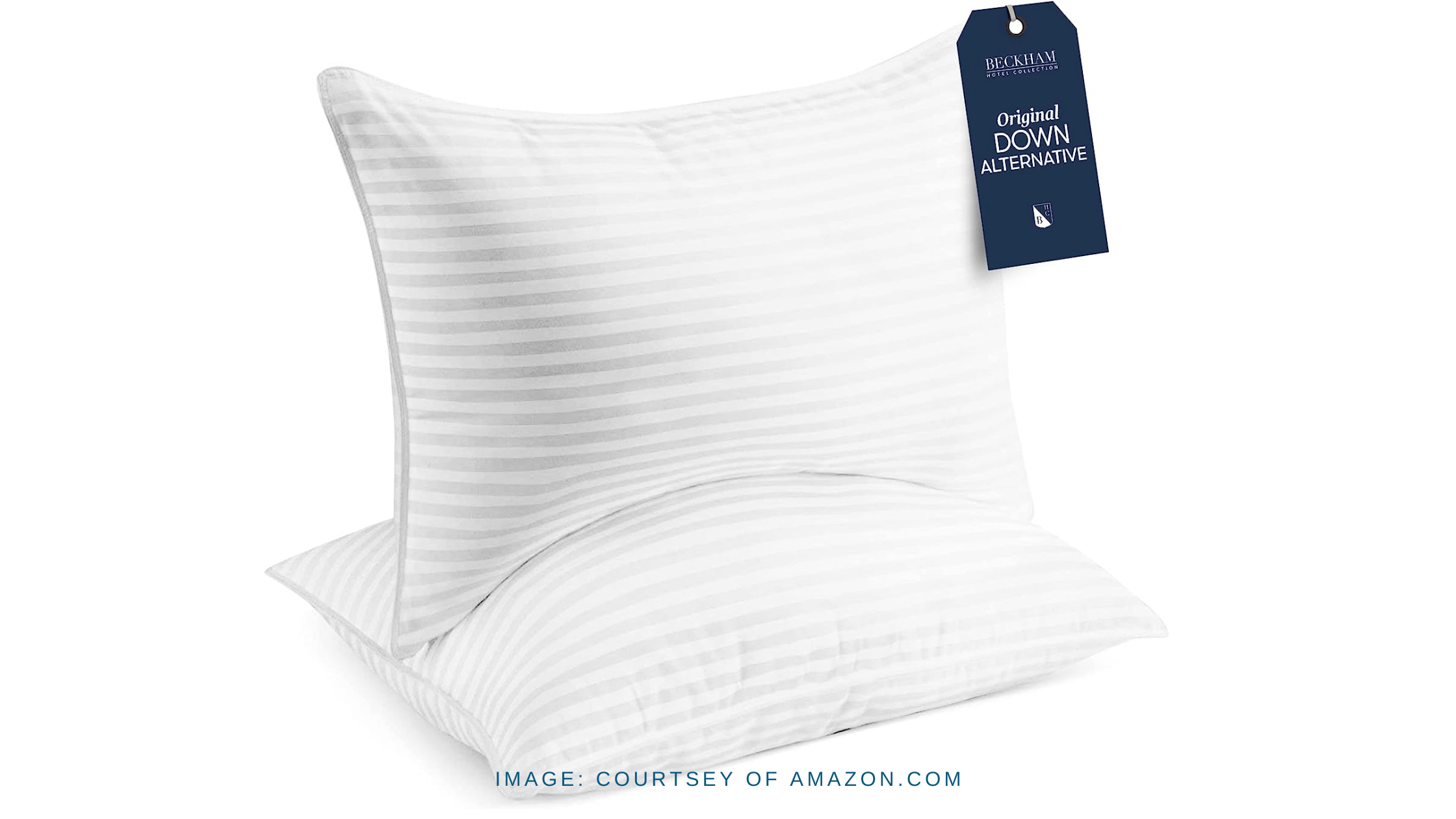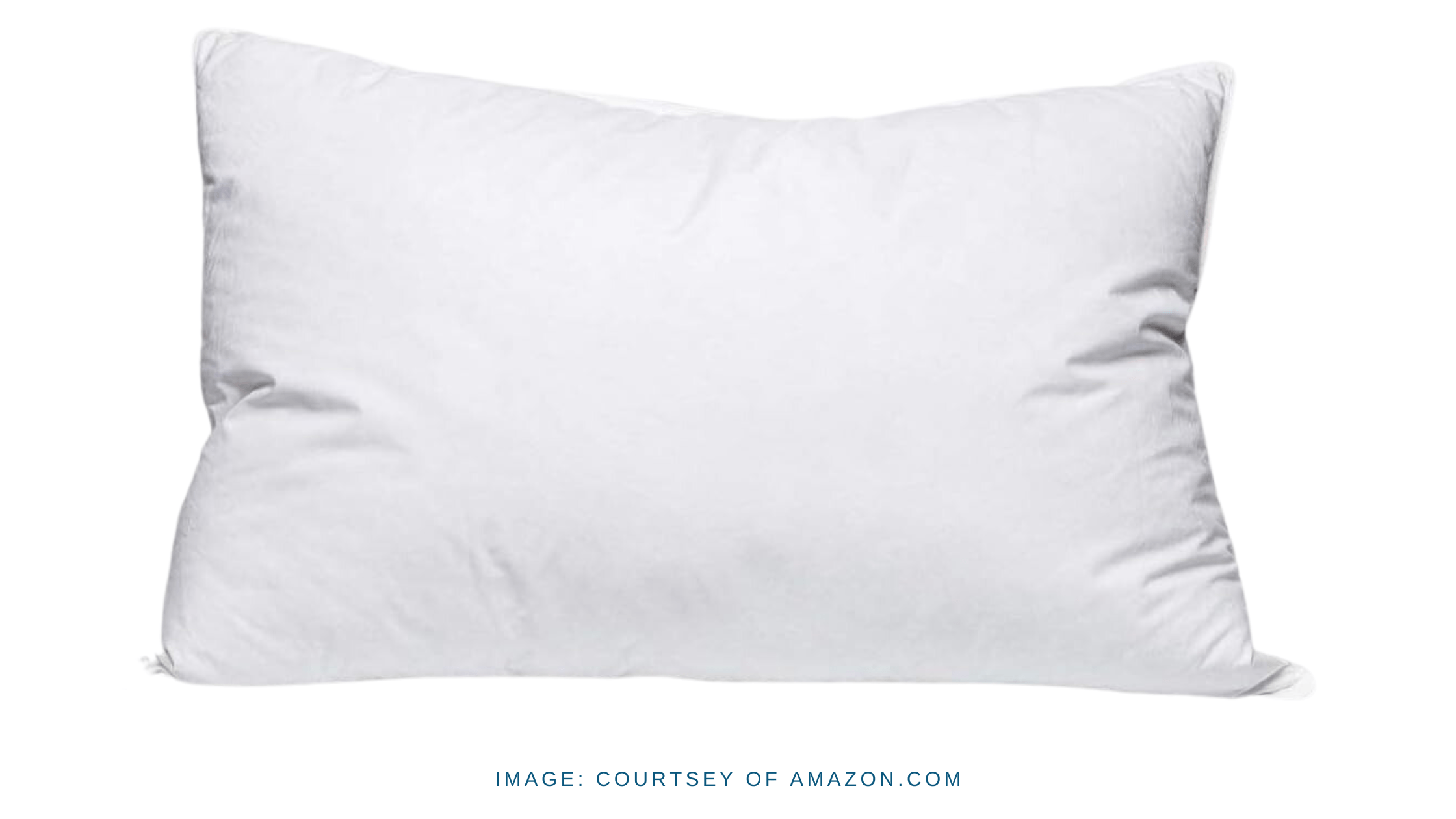Affiliate Disclosure Statement: At FindThePerfectPillow.com, we may earn commissions through affiliate links, including Amazon, at no additional cost to you. Our recommendations are driven by expertise and honest research—never by payment. For full details, visit our Affiliate Disclosure Page. Thank you for trusting us as your go-to pillow authority!
A good night’s sleep is essential for our health and well-being, but for those with allergies, it can be a challenge. Hypoallergenic pillows are designed to minimize the risk of an allergic reaction and improve sleep quality. In this article, we’ll explore everything you need to know about hypoallergenic pillows, including what they are, their benefits, types, and how to choose the right one for you.
What Does Hypoallergenic Mean?
“Hypoallergenic” products are designed to minimize the risk of allergic reactions. Hypoallergenic pillows are made with materials less likely to cause allergic reactions or trigger asthma symptoms. It’s essential to look for independently tested and certified products because the United States lacks regulatory definitions.
What Makes a Pillow Hypoallergenic?
Hypoallergenic pillows are made with materials less likely to cause allergic reactions, such as natural latex, memory foam, or down alternative fibers. They are often treated to resist mold, mildew, and dust mites. Additionally, hypoallergenic pillows come with features that make them easier to clean and maintain, such as removable, machine-washable covers or the ability to wash and dry at high temperatures to kill allergens.
Benefits of Using Hypoallergenic Pillows
Hypoallergenic pillows reduce allergy and asthma symptoms, improve sleep quality, and are durable, providing a comfortable sleep surface for years to come.

Types of Hypoallergenic Pillows
There are several types of hypoallergenic pillows, including memory foam, natural latex, down alternative, organic cotton, and buckwheat pillows. Synthetic fiber pillows made of polyester or other synthetic fibers are typically the most affordable and widely available option.
What to Consider When Looking for a Hypoallergenic Pillow
When shopping for a hypoallergenic pillow, consider the filling material, such as memory foam, natural latex, or down alternatives. Additionally, consider the cover material, such as cotton or bamboo, which is breathable and resistant to allergens. Choose a cover that is removable and washable to ensure it stays clean and fresh over time.
Price Range of Hypoallergenic Pillows
Hypoallergenic pillows are more expensive than traditional pillows due to higher quality components and manufacturing processes. However, they remain affordable when compared to premium competitors. Most retailers stock hypoallergenic pillows, making them easily accessible.
Cleaning and Maintenance of Hypoallergenic Pillows
To keep hypoallergenic pillows clean and allergen-free, wash and vacuum them regularly. The cover should be washed with mild detergent and air dried completely. Regular fluffing maintains the pillow’s shape and support. Spot cleaning can be done with a mild detergent and warm water. Replace the pillow every 1-2 years, depending on its condition.
Conclusion
Hypoallergenic pillows are an excellent choice for those with allergies or sensitivities. When shopping for one, consider the filling material, cover material, and price range. Regular cleaning and maintenance ensure optimal use over time. With these tips, find the perfect hypoallergenic pillow for a comfortable and healthy sleep environment.








